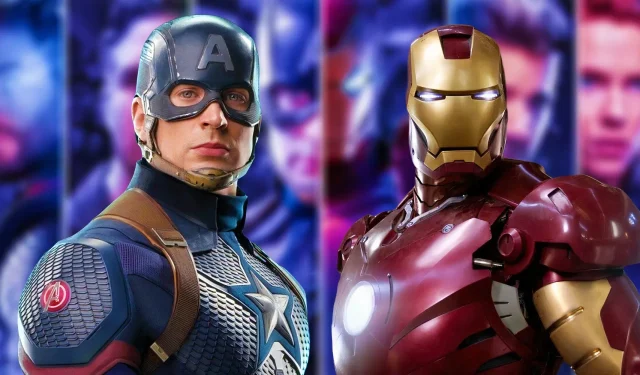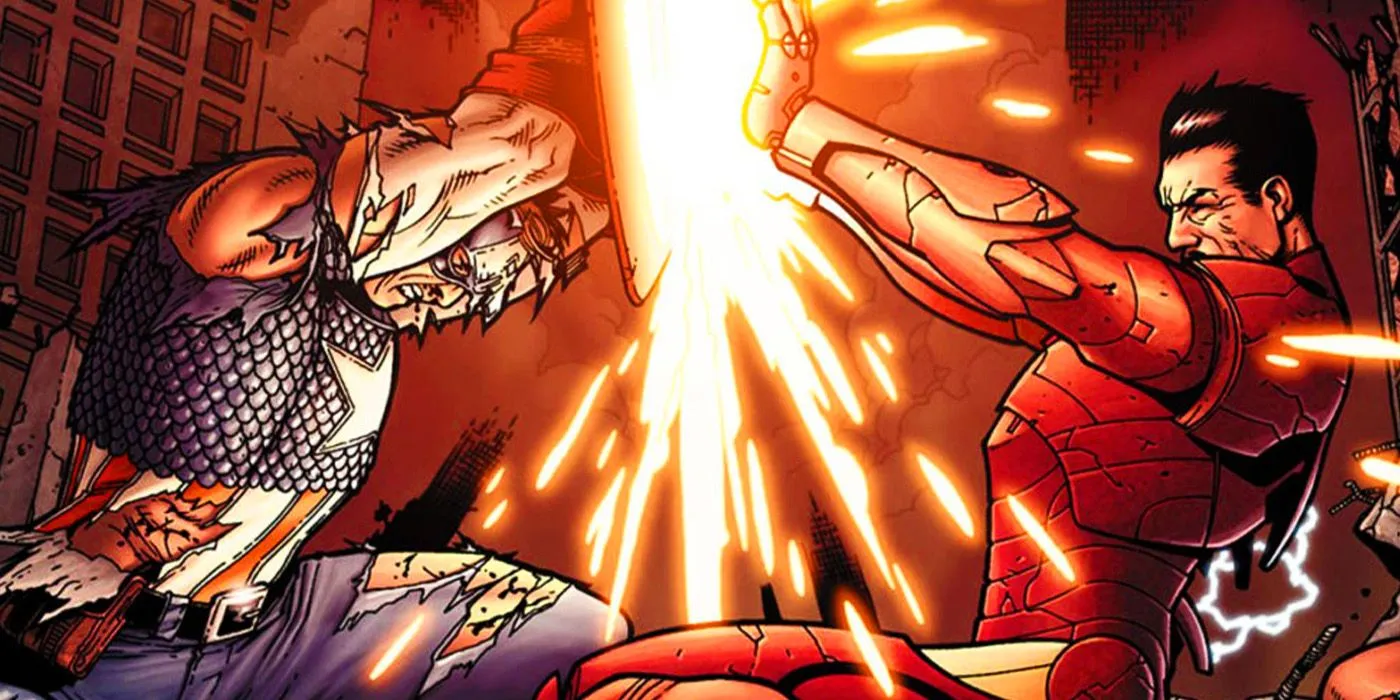
In a revealing commentary, Tom Brevoort, Senior Editor at Marvel, shared intriguing insights about the Civil War storyline—a cornerstone of superhero narratives over the last twenty years. Originally, writer Mark Millar envisioned Iron Man and Captain America as opposing champions in this epic conflict, but Brevoort highlighted a critical divergence: their stances on the Superhero Registration Act were initially swapped. This fundamental misalignment could have dramatically altered the story’s impact and reception.
During a recent Q&A session on Substack, Brevoort took the initiative to correct Millar’s course early in development, asserting that Captain America’s advocacy for registration and Iron Man’s opposition was a significant error. He believed that Captain America, known for his ideals, would more likely oppose such a government mandate.

Brevoort’s insights not only reflect his deep understanding of the complex personalities of Iron Man and Captain America but also underscore his pivotal role in shaping a narrative that resonated profoundly with readers. Had the comic followed Millar’s initial premise, the landscape of Marvel’s storytelling over the past two decades may have looked markedly different.
Marvel’s “Civil War”Was Almost Radically Different
Brevoort’s Insight on Character Roles
One of the elements that contributed to the immense success of Marvel’s Civil War was its focus on the personal and ideological conflict between its two leading figures. Iron Man, who championed the Superhuman Registration Act, stood in stark contrast to Captain America, who fought against it, creating a narrative that delved deeply into the themes of loyalty, freedom, and morality.
Brevoort articulated his view on the character dynamics, emphasizing that the essence of the conflict relied heavily on accurately representing their fundamental beliefs. He stated:
The core concept of it was Mark Millar’s, and he was the one who put forth the conflict as being between Captain America and Iron Man. But Mark had them configured as you lay out above, and I was the one who piped up and said that that was wrong. Captain America has almost never been presented as a “my country right or wrong” kind of a figure. If anything, he’s more sympatico with the FDR “New Deal” agenda. So him choosing to throw in with hunting down other heroes felt like a misrepresentation of the character. Iron Man, on the other hand, was a futurist as well as somebody who had a long history of working with the government in building armaments, so it made more sense to me that Tony Stark would see Registration as a necessary step and put his weight behind it. From there, in general, Mark worked out who would be on what side based on his needs for the story, with input from me and the assorted other editors and writers.
While Mark Millar undoubtedly possesses a strong grasp of the characters, Brevoort’s intervention highlighted the importance of character fidelity in storytelling. This nuanced understanding significantly enriched the narrative.
Why Brevoort Made the Right Call
The Legacy of the Miniseries
Marvel enthusiasts often engage in fascinating discussions about alternate storytelling scenarios—so the hypothetical outcomes of Millar’s original concept for Civil War certainly stir the imagination. Though Millar would have likely produced a compelling narrative, the potential ramifications on the fan perception of Iron Man and Captain America remain uncertain, especially given Captain America’s complicated trajectory in subsequent arcs like the Secret Empire.
Some may argue that Tom Brevoort’s timely intervention effectively “saved”Civil War, allowing it to evolve into its definitive form. Rather than presuming it would have failed with the reversed roles, it’s clear that Brevoort’s influence crafted a richer and more layered narrative that has stood the test of time, marking it as one of the 21st century’s critical superhero stories.
For fans and scholars alike, Brevoort’s reflections on his role provide a valuable perspective into the evolution of one of Marvel’s most iconic storylines.
Source: Tom Brevoort, Substack




Leave a Reply